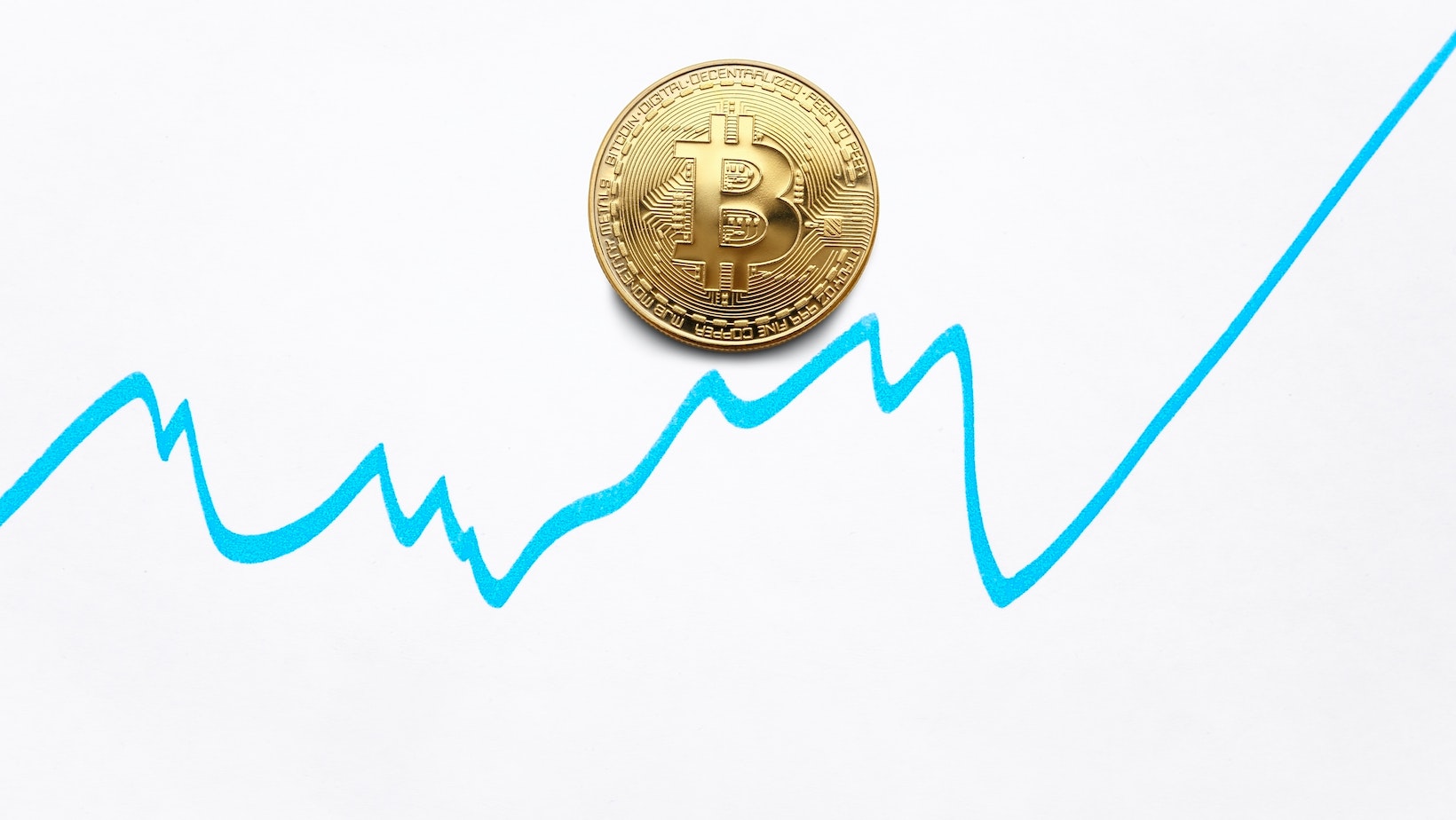Stablecoins are a special type of digital asset that maintains the stability of the cryptocurrency market. The price stability of these coins is ensured either through a reserve asset or using special algorithms. The price of most coins of this type is tied to USD.
Main Types Of Stablecoins
There are several methods to ensure stablecoin price stability.
Fiat-Backed Stablecoins
Technically, it looks very simple. The issuing company issues digital coins worth 1 USD and holds in special accounts an amount in dollars equivalent to the number of issued coins. Thanks to this, such coins are used in the crypto space as a full-fledged analog of the American dollar. In addition to USD, some other sovereign currencies also have digital analogs, but they are not so popular.
In fact, they serve as a link between the classical financial market and the crypto market and, to some extent, between different blockchains. Some popular stablecoins come in several versions according to the standards of different blockchains. If you buy coins on the page https://letsexchange.io/coin/usdt-trc20, make sure that your wallet supports TRC20 standard tokens; otherwise, the money will go in an unknown direction.
Commodity Stablecoins
Theoretically, such a coin can be tied to any product. In practice, we had to limit ourselves to pegging to banking metals. On the one hand, collateral with precious metals protects the asset from strong volatility; on the other hand, they are, by definition, centralized and dependent on a specific source.
Stablecoins Backed By Other Crypto Assets
A distinctive feature of this type of stablecoin is that it is over-collateralized by another cryptocurrency. This is due to the fact that the reserve asset is very volatile. To keep the coin price at $1, the underlying asset could be worth $2.
Accordingly, such assets are less stable compared to fiat-backed ones, and the investor should monitor the market behavior of the reserve asset.
Algorithmic Or Decentralized Stablecoins
Their value is not supported by any underlying assets. They are not even theoretically subject to manipulation by the issuer but are quite difficult to understand.
Price stability is ensured by specially developed protocols. They react instantly to the inevitable exchange rate fluctuations and manipulate the buying and selling of coins to stabilize the price.
Main Advantages Of Stablecoins
Price Stability
Objectively, this is the most reliable and stable form of cryptocurrency. These characteristics are very important for businesses and individuals who prefer to use digital money for payments. Using stablecoins, you don’t have to worry about sudden changes in the value of money and plan your budget in the same way as you would when making payments in USD.
Easy To Move
Compared to traditional money transfer methods, stablecoins make it easier and faster to move money between counterparties.

Payments using digital coins are carried out almost instantly and at lower costs anywhere in the world.
Possibility Of Access To Financial Services For Those Who Do Not Have Access To Banking
There are a huge number of people in the world for whom traditional banking services are not available. Stablecoins successfully solved this problem.
Possibility Of Preserving Capital During Economic Instability
Typically, during periods of political or economic instability, people move money into the most stable assets, such as gold or USD. Stablecoins can be another safe-haven asset option, especially when it comes to preserving digital wealth. During a period of high volatility in the crypto market, it is quite reasonable to exchange BTC for USDT and then again convert USDT (TRC20) to BTC at a more favorable rate.
Possibility Of Diversification Of Payment
By accepting digital versions of the dollar for payment, companies can attract new customers and expand the geography of their business.
Disadvantages And Risks Of Stablecoins
Like any financial and, moreover, digital asset, stablecoins have their risks.
Liquidity Risks
If, for some reason, holders of a stablecoin decide to sell their coins at the same time, its value could plummet due to the difficulty of finding buyers.

Little-known stablecoins with low capitalization are more exposed to liquidity risk.
Technical Risks
Since stablecoins are blockchain-based, you may lose your investment due to security issues or another technical glitch in the system.








